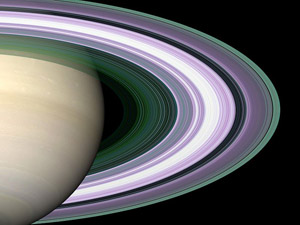Go Ask ALICE: Learning About the Big Bang
Nearly 14 billion years ago, the universe began with a bang — a big one.
Scientists believe that the universe and everything within it began as an extremely hot, dense “soup” that eventually gave rise to galaxies, stars, planets and life and that continues to expand to this day.
Now scientists around the world are pushing back the frontiers of our understanding about the moment the universe was born using the Large Hadron Collider (LHC), a giant particle accelerator at CERN (the European Organization for Nuclear Research) near Geneva, Switzerland. (more…)

